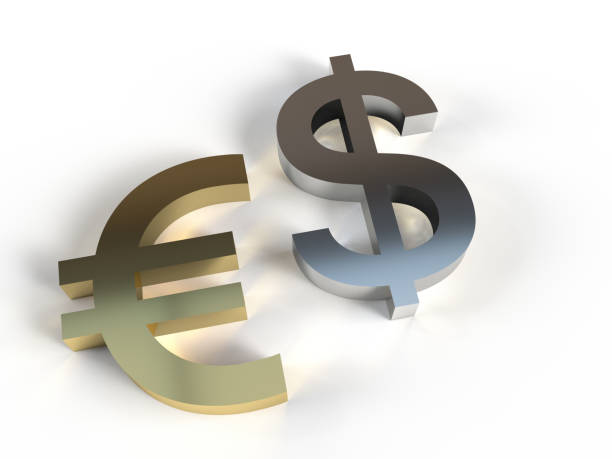The EURUSD remains fragile. prior to important data updates. The duo oscillates in a constrained band during the first half of Monday’s European day. The duo oscillates in a constrained band during the first half of Monday’s European day. Consolidating its recent decline to more than a one-month bottom.
The present price of the duo is in the region of 1.0675 to 1.0680. It is susceptible to continuing its steep decline from the peak in April 2022 reached earlier in the month.
The EURUSD losses for the major are limited by bets on additional big rate increases by the ECB.
With the possibility of further Fed policy tightening, the US Dollar is strong and close to a five-week high. This acts as a major headwind for the EURUSD cross. In contrast, a number of FOMC officials, including Fed Chair Jerome Powell, emphasized the requirement for further interest rate increases this week in order to fully rein in inflation.
The Labor Department’s yearly adjustments of the CPI confirmed the predictions by revealing that, contrary to what had been anticipated, consumer prices increased in December.
The EURUSD is capped by UoM data
In addition, this month’s one-year inflation expectations in the University of Michigan survey increased from 3.9% to 4.2%.
This increases the likelihood that January’s inflation reading will be high and dispels expectations for a quick break in the Fed’s rate-hiking cycle.
This and the general atmosphere of market caution. The safe-haven greenback continues to benefit from impending economic worries.
The safe-haven greenback continues to benefit for Inflation worries
In addition, the Euro is undermined and the EURUSD pair is kept in check by indications of diminishing inflationary pressure in the Eurozone. However, expectations for further hefty rate increases from the European Central Bank (ECB) in the upcoming month give the common currency some support.
The fact that investors appear unwilling to make risky bets before the significant US CPI release on Tuesday also helps to limit the fall for the EURUSD cross, at least for the time being. However, Friday’s breakdown just below the 50-day SMA may have provided new motivation for pessimistic traders and raised the possibility that the recent decline may continue.
Fundamental Outlook for EURUSD
Despite the European Commission upping its projection for EU growth in 2023, the EURUSD is still unchanged after the London Open. A possible bullish surge has not been prevented by the risk-averse marketplace climate in advance of tomorrow’s reports of US inflation and EU GDP statistics.
The European Commission raised its growth projection for the year to 0.9 percent in the Euro Area after seeing that the EU economy started 2023 on a sound footing than anticipated in the fall.
The European Commission raised its annual growth projection to 0.9 percent
Thanks in large part to falling gas prices and a strong labor market, the Eurozone appears to be able to escape a technical recession. The Commission also lowered its forecast for inflation, with the headline rate now predicted to drop to 5.6 percentage points in 2023.
Although we expect any significant moves on the set to be placed on hold till tomorrow’s US inflation data and GDP growth rate figures out of the Euro Area.
Although we expect any significant moves on the set to be held back till tomorrow’s US inflation data and growth rate of GDP statistics out of the Eurozone
TECHNICAL PERSPECTIVE
Technically, the pair’s breakout of the rising band the other week does point to even further declines for EURUSD, and the finish of the weekly candle last week only strengthened this notion.
The forecast for the near term is a little less clear because we have recovered from the daily low that was recorded in the Asian session at 1.0655.
Before the EURUSD maintains its gradual decline with support at 1.0645 and below the 1.0600 bars, a push slightly higher to retest the bottom end of the rising band at 1.0745 cannot be completely ruled out.
Source: TradingView
This formation points to a potential reversal of the medium-term uptrend that started at the pair’s low points in Sept 2022 and the beginning of a new, more bearish phase. However, Friday’s drop below the 50-day SMA may have provided new motivation for pessimistic traders and raised the possibility that the recent decline may continue.













